Introduction
In today’s fast-paced world, the design of office spaces plays a crucial role in influencing the well-being and productivity of employees. One of the most innovative and effective approaches to enhancing these aspects is biophilic design. This design philosophy is rooted in the innate connection humans have with nature, aiming to integrate natural elements into built environments. In this article, we will explore how incorporating biophilic design can transform offices into happy, productive spaces. We will discuss how to reduce stress, improve well-being, and foster collaboration through biophilic design principles, using Italian office furniture such as executive desks, conference tables, and reception counters.
What is Biophilia?
Biophilia is the concept that humans possess an inherent tendency to seek connections with nature and other forms of life. Coined by biologist Edward O. Wilson, this term suggests that our affinity for nature is deeply rooted in our evolution. Integrating natural elements into office environments not only makes spaces more pleasant but has also been shown to have positive effects on health and well-being.
Benefits of Biophilic Design in Offices
Reducing Stress
One of the primary benefits of biophilic design is its ability to reduce stress. Incorporating natural elements such as plants, water, and natural materials can significantly lower stress levels among employees. Studies have shown that contact with nature can slow down the heart rate and induce the production of compensatory hormones that help manage stress.
Enhancing Productivity
A well-designed office that embraces biophilic principles can boost productivity. Spaces that integrate natural elements tend to stimulate creativity and innovation, while also enhancing focus and concentration. The presence of plants and views of natural landscapes, for example, can improve employees’ mood and motivation.
Promoting Psychophysical Well-being
Psychophysical well-being is essential for the long-term health of employees. Biophilic spaces contribute to overall well-being by creating environments that support both mental and physical health. Natural light, natural materials, and the sounds of nature can help create a healthy and stimulating work environment.
Elements of Biophilic Design
Plants and Indoor Gardens
Plants are perhaps the most immediate and recognizable element of biophilic design. Integrating plants into office spaces not only enhances aesthetics but also helps purify the air and create a more relaxing environment. Indoor gardens, such as green walls and vertical gardens, are excellent solutions for incorporating nature into limited spaces.
Water and Natural Sounds
Water is another key element of biophilic design. Fountains, aquariums, and small water features can create a tranquil and serene environment. The sounds of water and nature, such as birdsong or the rustling of leaves, can be used to create a relaxing atmosphere and reduce background noise.
Natural Materials and Colors
Using natural materials such as wood, stone, and bamboo can help create a warm and welcoming environment. Colors that evoke natural habitats, such as shades of green, blue, and brown, can be used to create a calming and harmonious atmosphere.
Natural Light
Natural light is crucial for the well-being of employees. Designing offices with large windows and skylights can increase exposure to natural light, improving mood and productivity. Using transparent dividers and curtains can help distribute light evenly throughout the space.
Designing with a Biophilic Approach
Involving Green Designers
To effectively design with a biophilic approach, it is essential to involve green designers. These professionals can help select the most suitable plants, design indoor gardens, and integrate natural elements in a harmonious way. Collaboration with green designers ensures that spaces are not only aesthetic but also functional and sustainable.
Space Planning
Space planning is crucial for the success of biophilic design. It is important to consider how natural elements can be strategically distributed to maximize benefits. For example, plants can be placed near workstations to improve air quality and visual comfort, while common areas can be enhanced with indoor gardens and water features.
Integrating with Existing Design
Biophilic design does not necessarily require a complete renovation. Many elements can be integrated with existing design in a gradual way. For example, adding potted plants, choosing furniture made of natural wood, and using natural fabrics can gradually transform the work environment.
- vertical garden
- Benetti Moss
- Reception Counter
Italian Office Furniture and Biophilic Design
Office Furniture
Office furniture can be designed to incorporate biophilic elements. Italian office furniture, known for its elegance and quality, can play a significant role in creating a biophilic environment. Executive desks made of natural wood, ergonomic chairs with natural fabric coverings, and bamboo shelving units are just some of the available options. These furniture pieces not only enhance aesthetics but also support employee well-being.
Conference Tables
Conference rooms can greatly benefit from biophilic design. Integrating plants, using natural materials, and optimizing natural light can create an inspiring and productive environment. Solid wood conference tables, comfortable chairs, and sound-absorbing panels with natural patterns can improve acoustics and the atmosphere of meetings.
Reception Counters
Reception counters are the first impression of a company. A biophilic design can create a welcoming and professional first impression. Using plants, water, and natural materials can transform the reception area into a space that reflects the company’s commitment to well-being and sustainability.
Implementing Biophilic Design in Companies
Employee Involvement
Involving employees in the design process can increase acceptance and success of biophilic design. Asking for feedback and ideas on improvements can help create spaces that meet the real needs of employees.
Pilot Projects
Implementing biophilic design through pilot projects can be an effective way to test and demonstrate the benefits. For example, starting with a conference room or a relaxation area, evaluating the impact before extending the design to the entire office.
Training and Awareness
Educating employees on the benefits of biophilic design and how to best utilize it can increase their involvement and appreciation. Training sessions and workshops can help explain the principles of biophilic design and show how they can contribute to a healthier and more productive work environment.
Case Studies
Corporate Office
A large corporate office decided to implement biophilic design to improve employee well-being and productivity. The company introduced potted plants, vertical gardens, water features, and natural materials throughout the office. The results were remarkable: employees reported significant reductions in stress, increased motivation, and overall improvement in work quality.
Luxury Hotel
A luxury hotel integrated biophilic design in common areas and guest rooms to offer a unique experience to guests. The use of indoor gardens, natural materials, and natural light transformed the environment, creating a relaxing and welcoming atmosphere. Guests appreciated the attention to detail and the focus on well-being, leading to positive reviews and increased bookings.
Restaurant
A restaurant adopted biophilic design to improve the customer experience and create a unique environment. Integrating plants, water, and natural materials made the space more attractive and comfortable. Customers noticed an improvement in the atmosphere and sound quality, making the restaurant a popular gathering place.
Conclusion
Biophilic design is a science and art that can transform office and contract spaces into environments that promote well-being, productivity, and happiness. By integrating natural elements such as plants, water, materials, and colors that evoke nature, companies can create happy and functional offices. La Mercanti is here to help you achieve this goal by offering Italian office furniture solutions that reflect biophilic design principles.
Investing in biophilic design is not just a trend but a strategic choice for the future. Reducing stress, improving psychophysical health, and stimulating collaboration are just some of the benefits that come from a design approach that centers on the connection with nature. Contact La Mercanti to discover how we can help you transform your work environment into a healthier, more productive, and inspiring place.
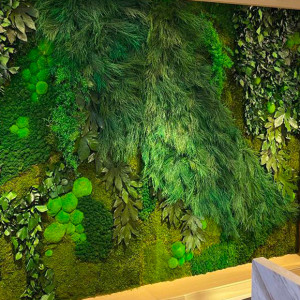
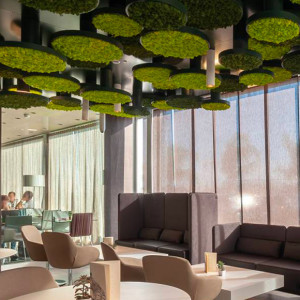
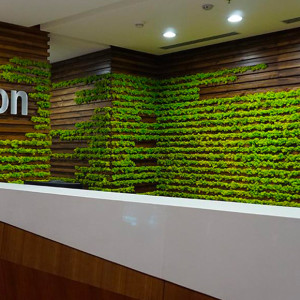
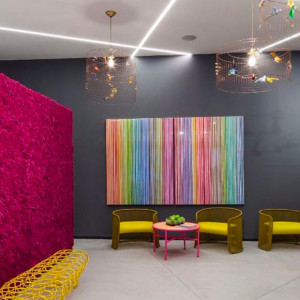



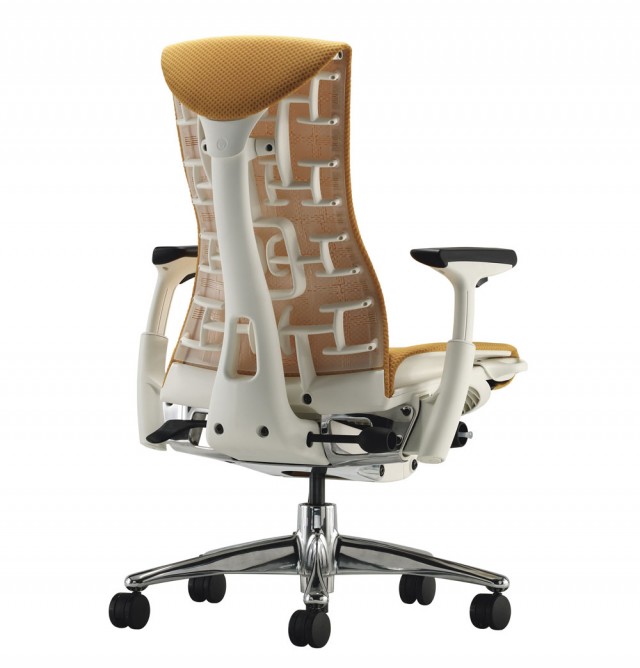
 Human evolution has led humans to be sitting more and more. Not only, especially in developed countries, nine out of 10 people work sitting on a modern
Human evolution has led humans to be sitting more and more. Not only, especially in developed countries, nine out of 10 people work sitting on a modern 
Recent Comments